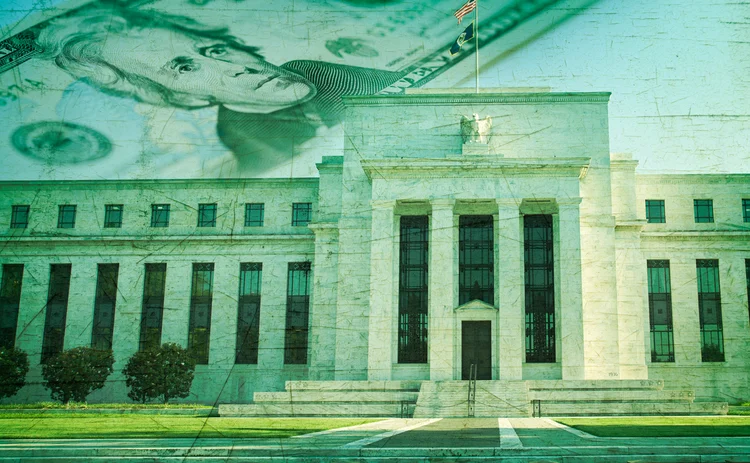
Quantitative easing: a never-ending story?
The Fed is cutting the size of its balance sheet, but is unlikely to reduce it to pre-crisis levels

The US Federal Reserve has become the second major central bank in recent history to start reducing the size of its balance sheet after embarking on large-scale asset purchase programmes. Since 2017 – a decade after it first started buying up agency mortgage-backed securities and Treasuries – the Fed has shed $600 billion of assets from its balance sheet.
Its move to reverse what is more commonly called quantitative easing (QE) is being closely watched by other central banks. The European
Only users who have a paid subscription or are part of a corporate subscription are able to print or copy content.
To access these options, along with all other subscription benefits, please contact info@centralbanking.com or view our subscription options here: http://subscriptions.centralbanking.com/subscribe
You are currently unable to print this content. Please contact info@centralbanking.com to find out more.
You are currently unable to copy this content. Please contact info@centralbanking.com to find out more.
Copyright Infopro Digital Limited. All rights reserved.
As outlined in our terms and conditions, https://www.infopro-digital.com/terms-and-conditions/subscriptions/ (point 2.4), printing is limited to a single copy.
If you would like to purchase additional rights please email info@centralbanking.com
Copyright Infopro Digital Limited. All rights reserved.
You may share this content using our article tools. As outlined in our terms and conditions, https://www.infopro-digital.com/terms-and-conditions/subscriptions/ (clause 2.4), an Authorised User may only make one copy of the materials for their own personal use. You must also comply with the restrictions in clause 2.5.
If you would like to purchase additional rights please email info@centralbanking.com

















